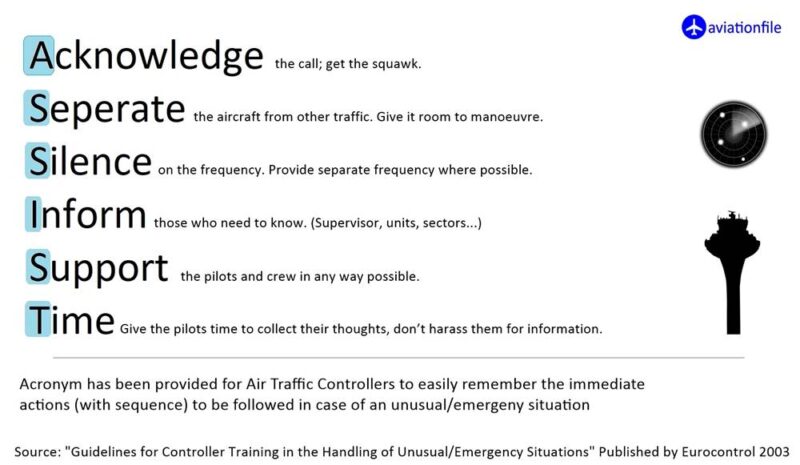Aircraft Experiencing Hydraulic Failure, Its Importance and Precautions.
Aircraft hydraulic failure is a critical situation that can pose serious safety risks to the operation of an aircraft. The hydraulic system is a crucial component of an aircraft’s flight control and landing gear operation, as well as other important functions such as brakes, spoilers, and thrust reversers. Hydraulic failure can result in the loss of these functions, leading to reduced control, increased workload for pilots, and potential catastrophic consequences.
The importance of maintaining a reliable hydraulic system in an aircraft cannot be overstated. Hydraulic systems are responsible for transmitting and controlling high-pressure fluid to operate various mechanical and electrical components. They provide the necessary force to operate flight control surfaces, landing gear, and other critical systems. In case of hydraulic failure, the ability of the pilot to control the aircraft may be compromised, leading to loss of control, reduced maneuverability, and increased risk of accidents.
To mitigate the risks associated with hydraulic failure, aircraft operators and maintenance personnel must adhere to strict precautions. Some of the key precautions include:
Regular maintenance and inspection
Regular maintenance and inspection of the hydraulic system are crucial to detect and address potential issues before they escalate into a failure. This includes checking for leaks, inspecting hydraulic lines, hoses, fittings, and valves for wear and tear, and ensuring proper fluid levels and cleanliness.
Compliance with manufacturer’s guidelines
Following the manufacturer’s guidelines for hydraulic system maintenance and operation is essential. This includes adhering to recommended fluid types, pressure limits, temperature ranges, and inspection intervals. It is also important to use approved replacement parts and components to ensure compatibility and reliability.
Adequate training for pilots and maintenance personnel
Proper training for pilots and maintenance personnel is vital to ensure they have the necessary knowledge and skills to operate, monitor, and troubleshoot the hydraulic system. This includes understanding the symptoms of hydraulic failure, emergency procedures, and proper handling of hydraulic-related emergencies.
Redundancy and backup systems
Modern aircraft often have redundant hydraulic systems or backup systems to provide an additional layer of safety in case of hydraulic failure. These systems may include redundant hydraulic pumps, accumulators, and multiple hydraulic circuits to minimize the impact of a failure.

Emergency procedures
Aircraft operators and maintenance personnel should have well-defined emergency procedures in place to handle hydraulic failures. This includes procedures for isolating and securing the failed hydraulic system, notifying the flight crew, and implementing appropriate emergency checklists and procedures to safely manage the situation.
Real-Life Example of Hydraulic Failure in Aviation
In June 2024, an Atlas Air Boeing 747-400F experienced a serious hydraulic failure shortly after takeoff from Hong Kong International Airport. During the climb, the aircraft’s systems indicated a low hydraulic fluid level, prompting the crew to return. While preparing for an emergency landing, two of the aircraft’s four hydraulic systems completely failed. Despite the fluid loss, the pilots safely landed the plane, although significant damage to the landing gear was observed. This incident highlights the critical role hydraulic systems play in maintaining flight control and safe landings, and the importance of redundant systems in modern aircraft.
This incident caused significant flight delays at Hong Kong International, demonstrating the broad impact such failures can have on airport operations.
References:
- Federal Aviation Administration (FAA). (2016). Aircraft Hydraulic Systems.
- Aircraft Owners and Pilots Association (AOPA). (2018). Understanding Aircraft Hydraulics.
- Aircraft Maintenance Technology. (2018). Importance of Aircraft Hydraulic System Maintenance.
- Airbus. (2019). Maintenance of Aircraft Hydraulic Systems.


